In Figure, ABCD is a rhombus with ∠ABC=560. Determine ∠ACD.
In figure rhombus ABCD ,
∠ABC=56°
to find ∠ACD.
we know that
opposite angle of rhombus are equal to each other
therefore ∠A=∠C and ∠B=∠D
also we know that sum of interior angle of a rhombus adds up to 360°
and also know that the diagonals of a rhombus bisect these angles.
⇒∠A+∠B+∠C+∠D=360°.
⇒2∠C+2∠B=360°
since diagonals of a rhombus bisect these angles
therefore,2(2∠ACD)+2(56°)=360°
⇒4∠ACD+112°=360°
⇒∠ACD=360°−112°4
∠ACD=62°
Hence, we get required result.
Topper's Solved these Questions
Similar Questions
If ABCD is a rhombus with ∠ABC=56∘, find the measure of ∠ACD
View SolutionIn Figure, ABCD is a parallelogram in which ∠DAO=400, ∠BAO=350 and ∠COD=650. Find: ∠ABO (ii) ∠ODC (iii) ∠ACB (iv) ∠CBD
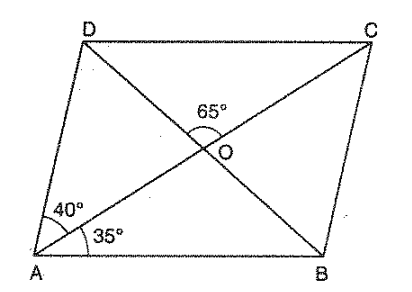 View Solution
View SolutionIn Figure, AOB is a straight line. If ∠AOC+∠BOD=850, then ∠COD= (a)850 (b) 900 (c) 950 (d) 1000
View SolutionIn Figure, ABCD is a trapezium in which ABCD and AD=BC. show that : ∠A=∠B (ii) ∠C=∠D ABC≅BAD diagonal AC=diagonalBD
View SolutionIn figure, ABC is triangle in which ∠ABC=90∘and AD⊥CBproduced. Prove that AC2=AB2+BC2−2BC.BD.
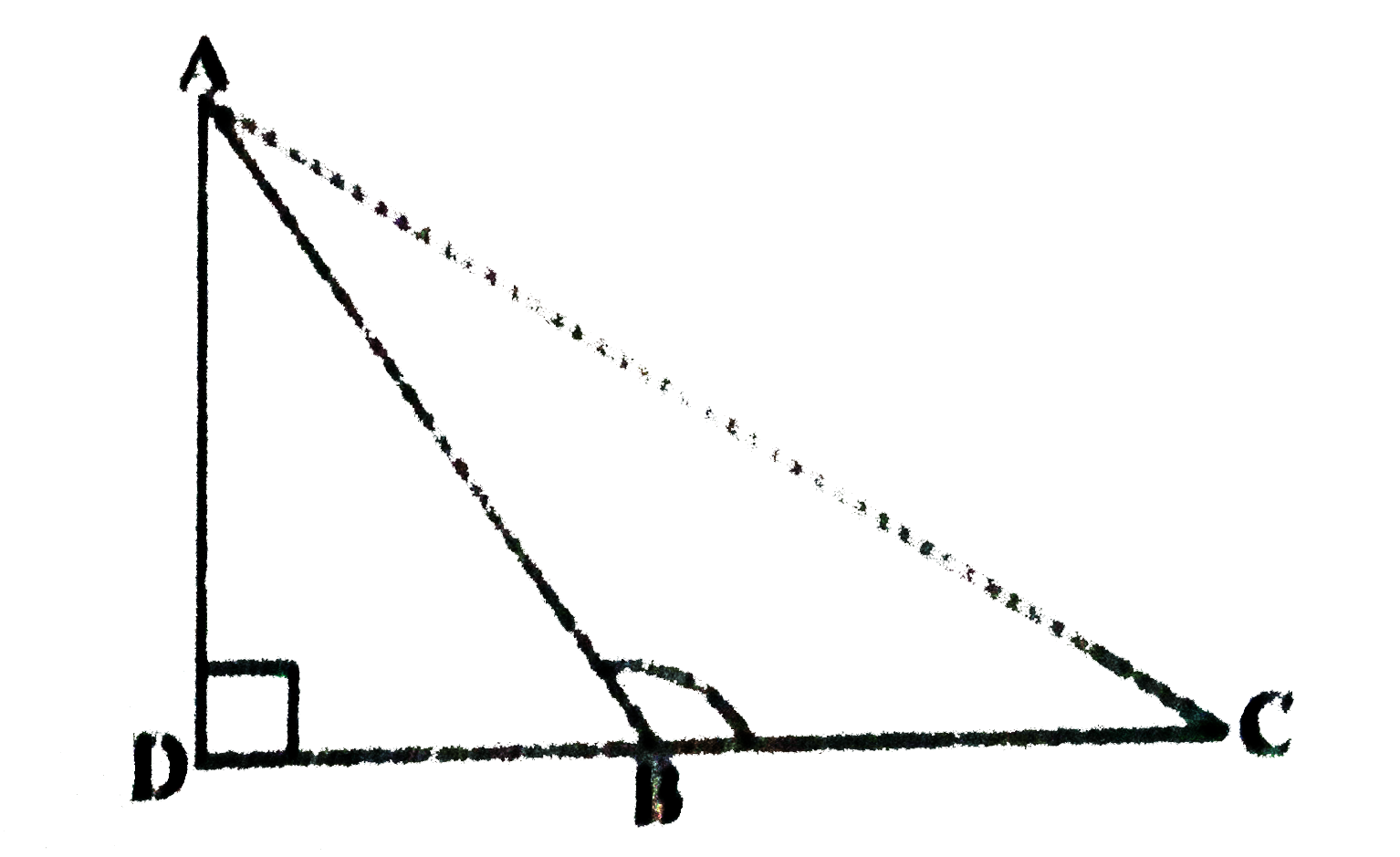 View Solution
View SolutionIn figure, ABC is a triangle in which ∠ABC=90∘and AD⊥BC. Prove that AC2=AB2+BC2−2BC.BD.
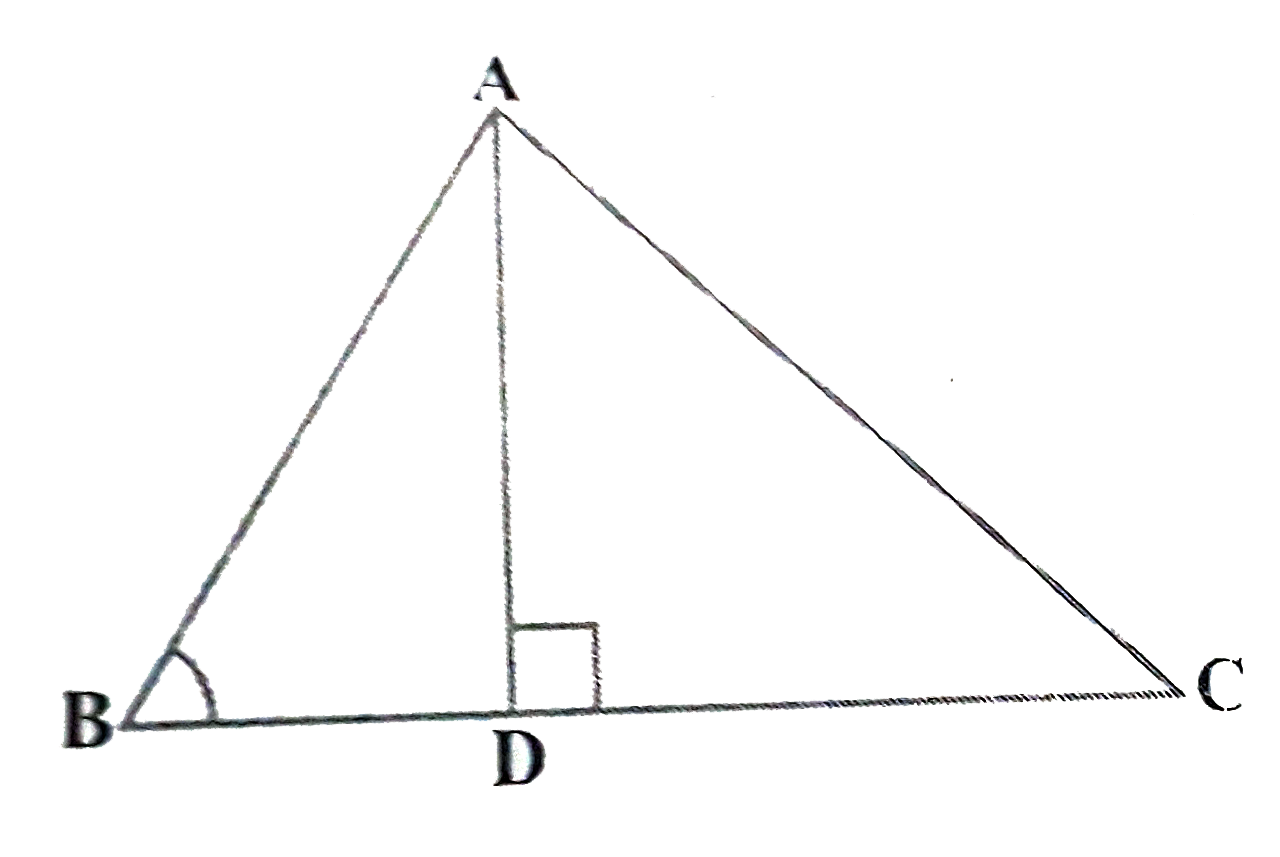 View Solution
View SolutionIn Figure, ∠E>∠A and ∠C>∠D . Prove that AD>EC
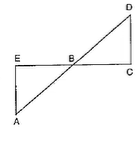 View Solution
View SolutionIn figure OA∗OB=OC∗OD. Show that ∠A=∠Cand ∠B=∠D.
View SolutionIn Figure, ABCD is a quadrilateral in which diagonal AC=84 cm ; DL⊥AC, BM⊥AC, DL=16.5 cm and BM=12 cm . Find the area of quadrilateral ABCD.
View SolutionIn Figure, ABCD is a rectangle in which diagonal AC is produced to E. If ∠ECD=1460, find ∠AOB
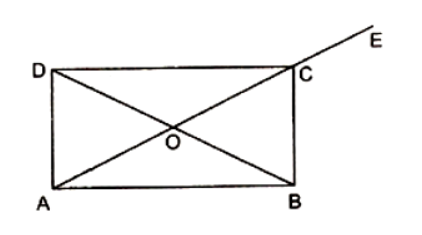 View Solution
View Solution

